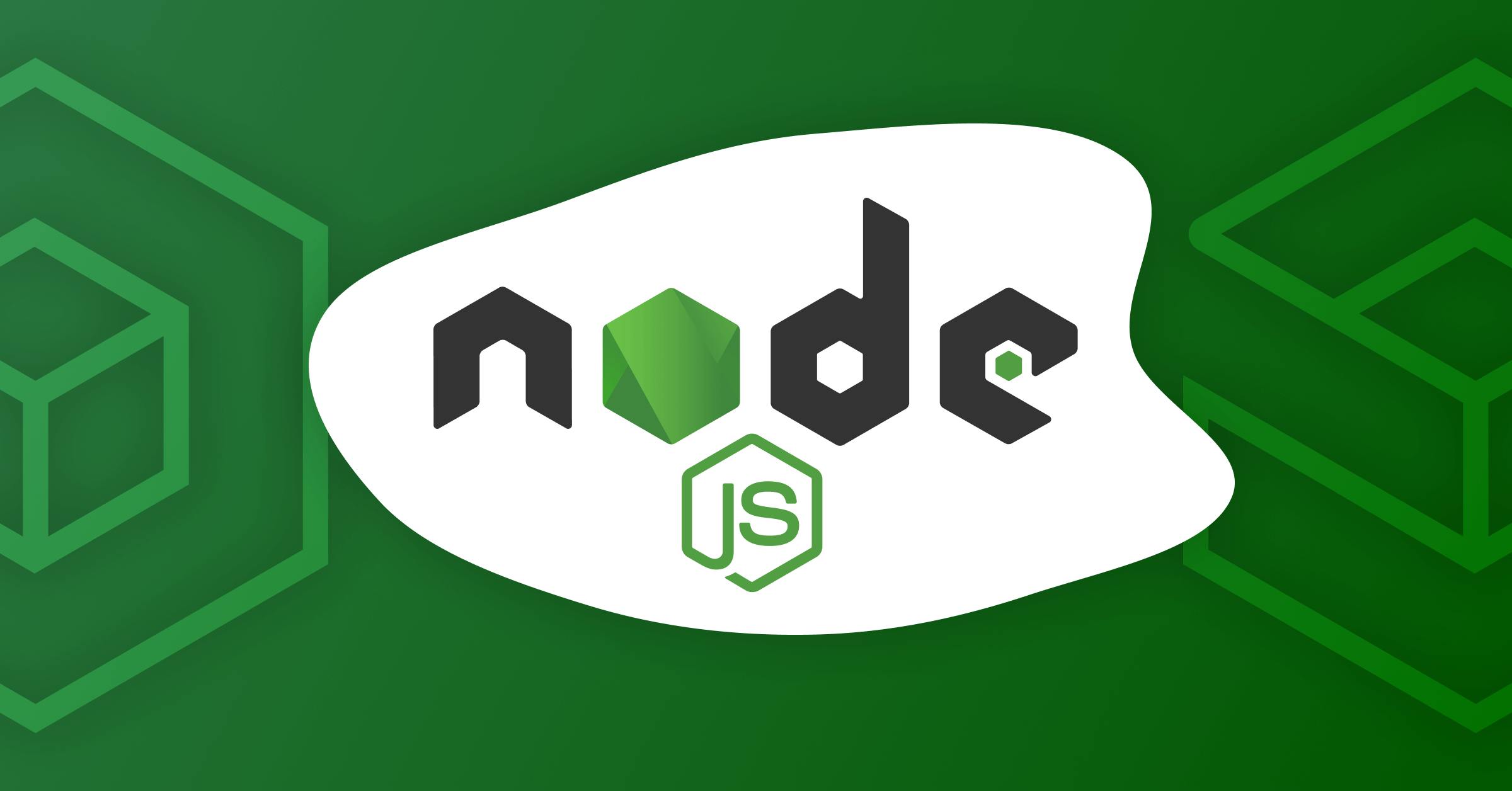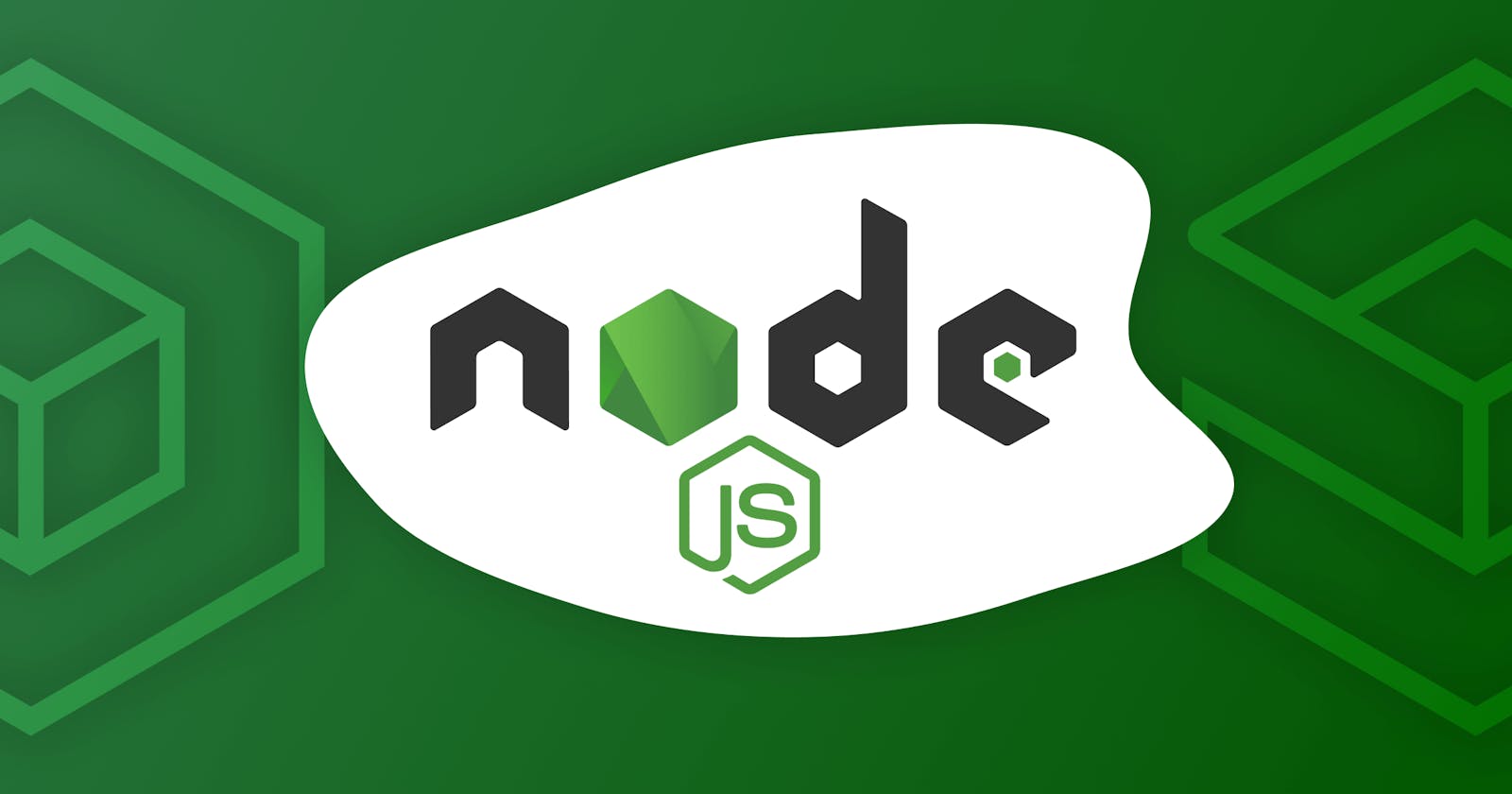 Introduction*
Introduction*
Node JS is a JavaScript runtime built on Chrome's V8 Javascript Engine.
Node JS is an asynchronous event-driven JavaScript runtime, it is used to develop scalable networks and dynamic web applications.
NODE JS consists of a lot of inbuilt and third-party modules which are invoked in the application to be developed. We can also create our modules in NODE JS.
It is an open-source server environment.
It supports various platforms including Windows, Linux, and macOS.
Node.js = Runtime Environment + JavaScript Library
We know that when a user requests something from a server, the server needs to send the response to the client and many programming languages and platforms have different methods of handling the requests and responses in a different manner. Here is how PHP and NODE JS handle the request-response.
Features
Asynchronous and Event-driven Environment:
A NODE JS program or the API runs asynchronously which makes the application boost and it never waits for another program in order to execute the current task.
Dynamic:
Node JS is dynamic and flexible with its wide variety of packages offered with NPM
Speed:
Applications built on NODE JS are very scalable in real-time and are speedy due to NODE JS's non-blocking nature.
Comparison
PHP :
Sends the request to the server. Waits while the file system opens and reads the file. Return results to the client. Ready to handle the next request. NODE JS:
Sends the request to the server. Ready to handle the next request. When the server has opened and read the file, the results are returned to the client machine. By using node js we can create dynamic web applications and network side apps. File Handling is possible.
To continue reading visit the link https://fsh.org.in/blog-details/Programming/NODE+JS/13

